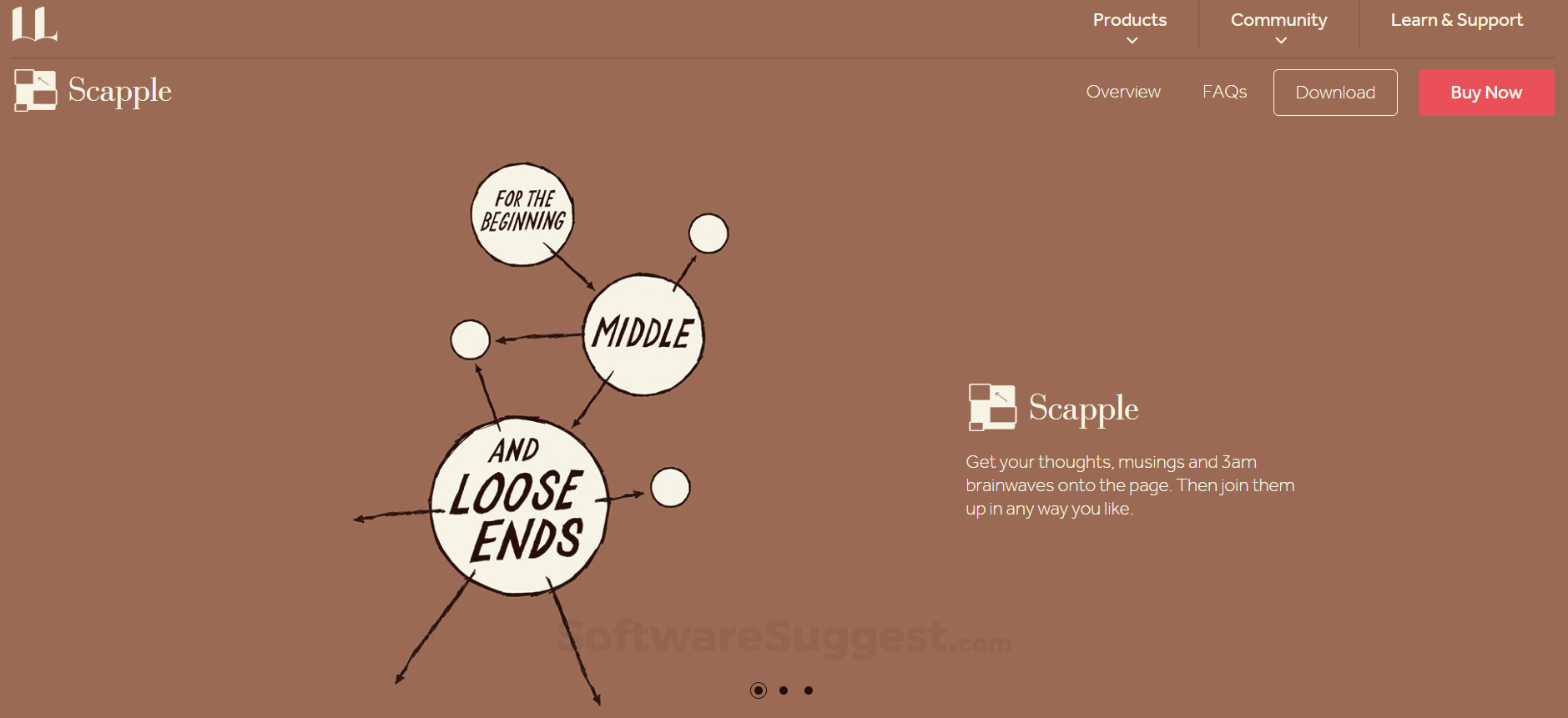
What can I say about Scapple? I haven’t used it much beyond what’s above, so I can’t speak to/gush about it to the same extent I can Scrivener. The primary difference, of course, is that my marker notes couldn’t be rearranged, connected and disconnected and changed to a different color.

I fell out of the habit, but working with Scapple reminds me a bit of that. I had a big pad of newsprint paper (something like this) and a pack of these multi-colored markers, and I’d sit on my dorm room floor, writing down different questions and answers about the project in different colors and orientations. Here’s the end result, zoomed out to show the whole thing:Īnd here’s a smaller section that’s actually legible:Ībout five years ago, I went through a phase of freeform brainstorming a little like this. I tested it out in the early stages of prep work for the novel I’m working on (the ghostless ghost story I mentioned a few months ago). There’s no built-in hierarchy at all, in fact-in Scapple, every note is equal, so you can connect them however you like. Scapple doesn’t force you to make connections, and it doesn’t expect you to start out with one central idea off of which everything else is branched. Literature and Latte describes it as a “freeform text editor” and explains, The basic premise: Scapple lets you put down ideas, make connections between them, shift them around, and more. Not so long ago, I decided to try out another program of theirs, Scapple.


Last time, I talked/gushed about Literature and Latte’s application Scrivener.


 0 kommentar(er)
0 kommentar(er)
